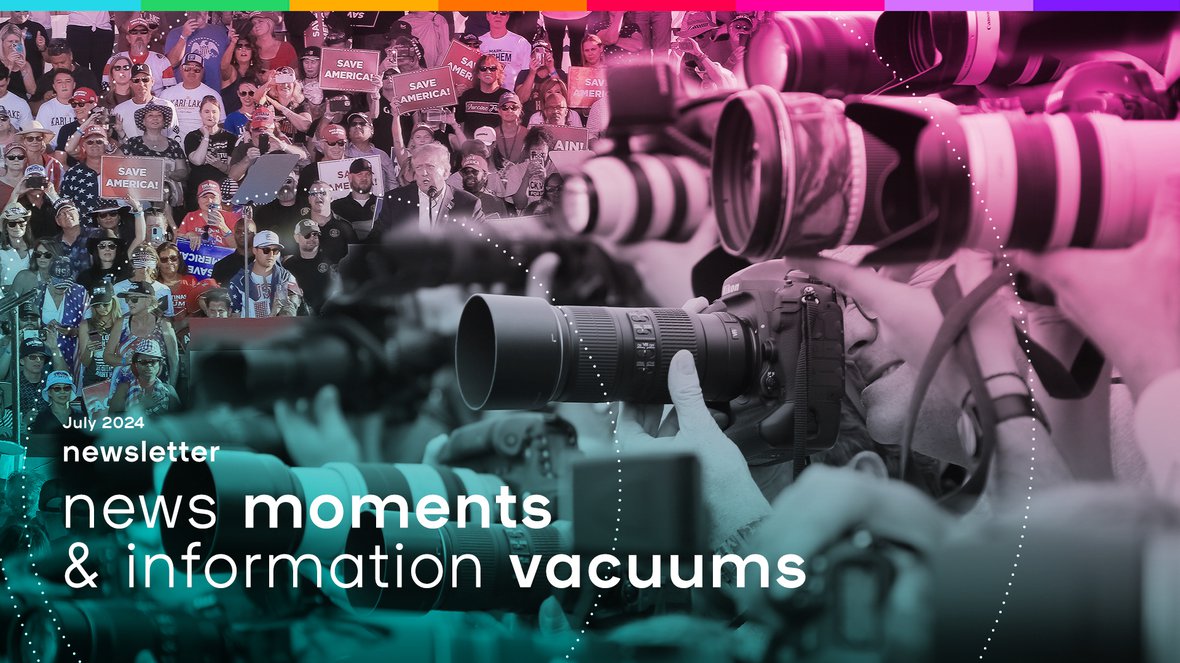Hello there,
Stefan’s on vacation, so this week you’ve got me. Hallo!
Whatever plans I’d had for this newsletter, it was pretty obvious by Sunday breakfast time what the topic of the week was going to be.
The image matters: people hear what they see
That image - the one of Trump holding a fist high in defiance, mouth curved around the words “Fight! Fight! Fight!” in the moments after an apparent assassination attempt - is one for the ages. It will be a photograph that defines a moment. It was a moment surely all photojournalists long to capture.


